BioRestNet: a network of biocultural restoration
Felipe Melo
What are the current challenges of ecological restoration?
- Improved techniques of restoration 👍
- Informed planning 👍
- Geopolitical momentum 👍
- Environmental justice 👎
- Ecological knowledge gaps 👎
How to pursue environmental justice and develop a competitive research agenda on restoration?
Traditional Ecological Knowledge - TEK
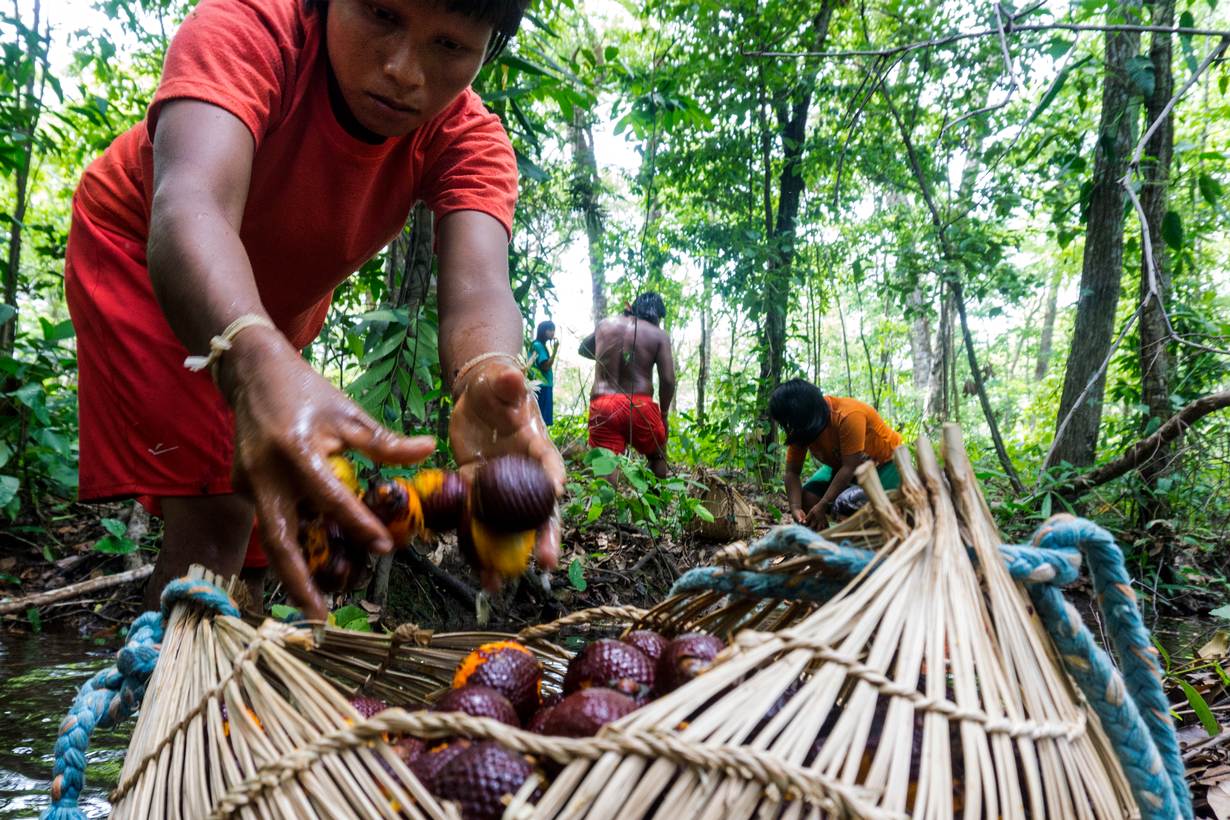
- Knowledge frontier
- Decolonial
- Would benefit from validation
- Mostly related to nature
TEK for Assessing Landscapes


- Participatory mapping
- Landscape Biographies
- Unforseen landscape metrics
TEK for Ecology

- Functional profile of useful species
- Functioning of managed ecosystems
- Role of secondary succession
- Technical recommendations
TEK for adding value to restoration
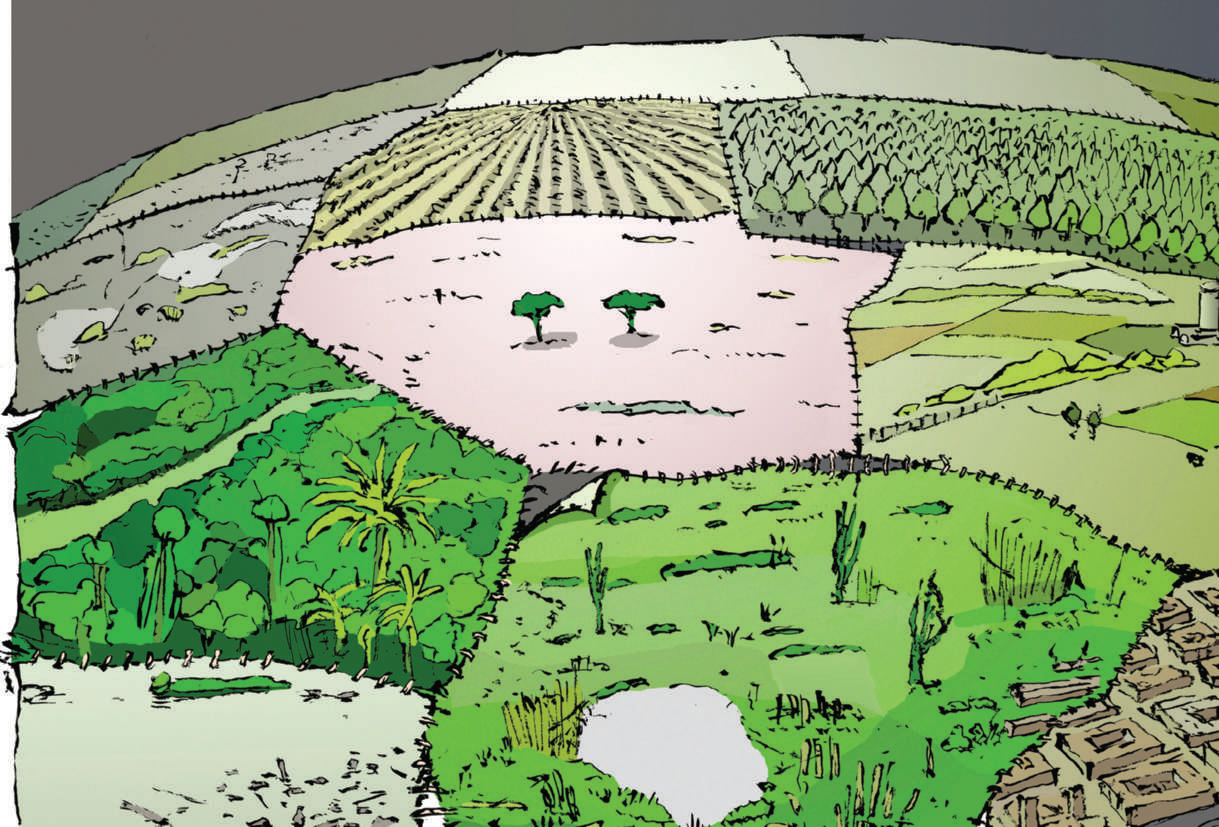
- Restoration for livelihoods
- Enforcement of TEK
- Environmental Justice
Why a network?

- It is the best way to scale up restoration
- Allows sharing of knowledge
- Strengthen actions
- Creates models
Core principles of Biocultural Approaches
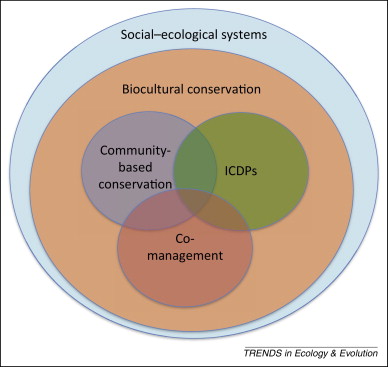
source: Gavin et al 2015
An example from the Brazilian Caatinga
- Culturally important species
- Database on plant uses
- Multiple benefits
- Maintain Caatinga natural features
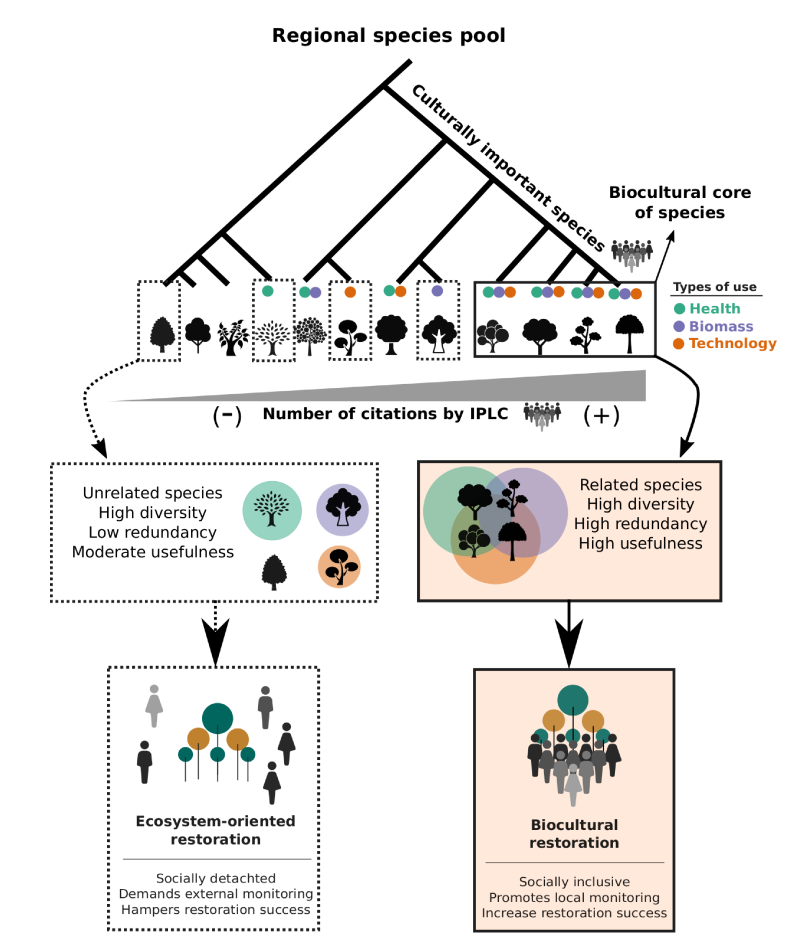

Toscano et al (under review)
Goals of the BioRestNet
Experimental Design of the BioRestNet in Kenya
Module 1 - Biocultural Inventory
Question: What are the plants and animals that contribute more to both ecosystem functioning and livelihoods?
Assessment of Culturally Important Species
Asembling of databases of Culturally Important Species

Meaniningful Functional Traits


Module 2 - Landscape Scale
Question: How landscape features affects biodiversity and livelihoods in the Savannah?
Assessing Working Landscapes

- The Land Degradation Surveillance Framework (LDSF)
- 100km² landscapes
- 16 cluster
- 10 plots per cluster
Workflow of the LDSF

We want to add Landscape Biograpahies and gender-based mapping
Module 3 - Local manipulative experiment
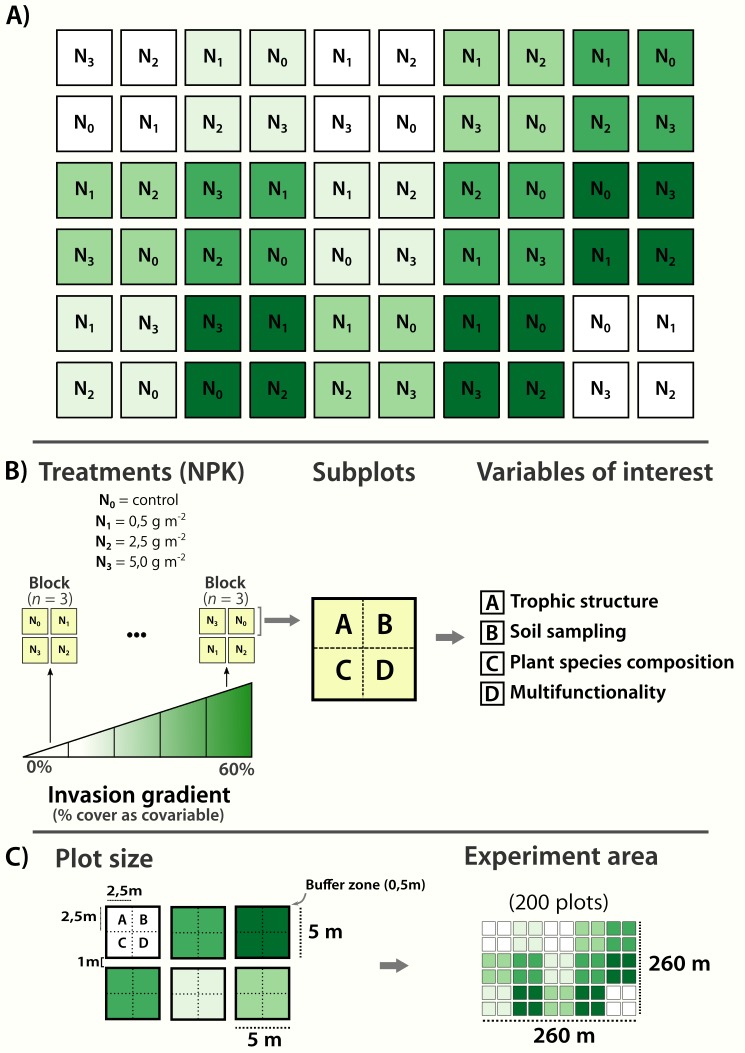
- Simulate biodiversity
- Functional diversity
- Measure Ecosystem Functions
How to mainstream Biocultural Restoration?
- What are the best landscape perspectives?
- How to integrate TEK into productive restoration models?
- How to create an effetive network of Biocutlural Restoration?
Asante Sana

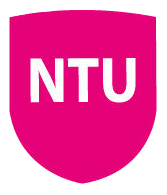
BioRestNet: a network of biocultural restoration Felipe Melo
 source:
source: